 The speaker then proceeded to investigate a number of different flames : he showed that there are many flames possessing a high degree of luminosity, which cannot possibly contain solid particles. Thus the flame of metallic arsenic burning in oxygen emits... The speaker then proceeded to investigate a number of different flames : he showed that there are many flames possessing a high degree of luminosity, which cannot possibly contain solid particles. Thus the flame of metallic arsenic burning in oxygen emits...  Proceedings of the Royal Society of London - Page 406by Royal Society (Great Britain) - 1868Full view Proceedings of the Royal Society of London - Page 406by Royal Society (Great Britain) - 1868Full view - About this book
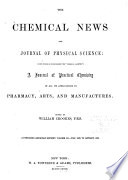 | 1868 - 358 pages
...possible." — Watts. The speaker then jiroceeded'to investigate a number of different flames: he showed that there are many flames possessing a high degree...remarkably intense white light; and as metallic arsenic volatilises at 180° C., and its product of combustion, arsenious anhydride, at 218° C., whilst the... | |
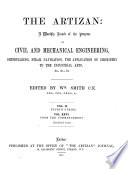 | 1868 - 346 pages
...possible."— Watti. The speaker then proceeded to investigate a number of different flames : he showed that there are many flames possessing a high degree...metallic arsenic burning in oxygen emits a remarkably jutcnse white Ugbt ; and as metallic anhydri( least 600' ~., ., — r-- - solid particles in the flame.... | |
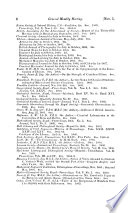 | Royal Institution of Great Britain - 1869 - 646 pages
...possible." — Watts. The speaker then proceeded to investigate a number of different flames : he showed that there are many flames possessing a high degree...light; and as metallic arsenic volatilizes at 180° < '., and its product of combustion, arsenious anhydride, at 218° C., whilst the temperature of incandescence... | |
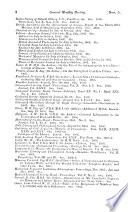 | Royal Institution of Great Britain - 1869 - 636 pages
...possible." — Watts. The speaker then proceeded to investigate a number of diflerent flames : he showed that there are many flames possessing a high degree...white light; and as metallic arsenic volatilizes at ISO3 C., and its product of combustion, arsenious anhydride, at 218° C., whilst the temperature of... | |
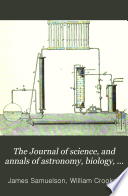 | James Samuelson, William Crookes - 1869 - 700 pages
...gas flame and of luminous flames in general, is due to the presence of solid particles. It has been found that there are many flames possessing a high...luminosity, which cannot possibly contain solid particles, such as the flame of metallic arsenic burning in oxygen, which emits a remarkably intense white light... | |
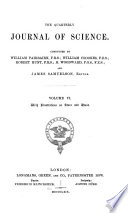 | 1869 - 692 pages
...gas flame and of luminous flames in general, is due to the presence of solid particles. It has been found that there are many flames possessing a high...luminosity, which cannot possibly contain solid particles, such as the flame of metallic arsenic burning in oxygen, which emits a remarkably intense white light... | |
 | 1869 - 400 pages
...has been generally believed since the time of Sir Humphry Davy, to the presence of solid particles. There are many flames possessing a high degree of...luminosity which cannot possibly contain solid particles, — as the flame of metallic arsenic burning in oxygen, — or of carbonic disulphide vapor in oxygen,... | |
 | 1871 - 890 pages
...scientific men, based upon Sir Humphrey Davy's researches, has been exploded by Dr. Frankland, who showed that there are many flames possessing a high degree...luminosity which cannot possibly contain solid particles. The flame of metallic arsenic burning in oxygen, for instance, emits a remarkably intense white light.... | |
 | 1869 - 400 pages
...has been generally believed since the time of Sir Humphry Davy, to the presence of solid particles. There are many flames possessing a high degree of...luminosity which cannot possibly contain solid particles, — as the flame of metallic arsenic burning in oxygen, — or of carbonic disulphide vapor in oxygen,... | |
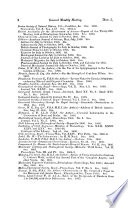 | Royal Institution of Great Britain - 1869 - 652 pages
...possible."—Watts. The speaker then proceeded to investigate a number of different flames: he showed that there are many flames possessing a high degree...218° C., whilst the temperature of incandescence in solids is at least 500° C., it is obviously impossible here to assume the presence of ignited solid... | |
| |